The Changing Seasons at High Fen
Will we see a return of breeding lapwing?Author: Matthew Hay, Natural Capital Manager, Nattergal
The magic of the Fens is perhaps best glimpsed in mid-winter. Migratory birds, fleeing northern Europe’s harsh winter, converge on the region in impressive numbers. Wheeling flocks of wild ducks and noisy bevies of Bewick’s swans visit us at High Fen, using areas of open water as safe roosts in the evening and overnight. The soundscape when all these birds are around is phenomenal, a reminder of the sheer abundance of life that the Fens used to support.
It isn’t just waterfowl that join us at High Fen during winter. Waders like green sandpiper, huge flocks of lapwing (more on these later) and seasonal predators like short-eared owls make the most of the site’s varied habitat, brightening up dull winter days for us when we’re on site.
But in these temperate latitudes, nothing remains static for long. By February this year, unseasonably mild weather had these migrants thoughts turning to the north and to their summer breeding grounds. At the start of March, High Fen’s migrants had largely left us, our skeins of swans gone until next autumn.
So early spring here can seem quite quiet, with the crowds of winter departed. There are still sounds to listen out for as one walks around the site: the ‘plop’ of a water vole jumping into a ditch; the splashing of red deer wading, invisible, through our reed beds; the first faint calls of toads and the more startling staccato of a Cetti’s warbler.
But, really, High Fen is too quiet in the spring. Our ambition is to encourage cranes to nest on the site and we hope to hear their unforgettable, bugling cries, echoing across the Fen in the future. We also want to understand why previously abundant breeding waders, like lapwing and redshank, are no longer present on the site, having declined dramatically in the years before we acquired High Fen.
Such birds are emblematic of the Fens, with a long history of co-existence with people in this part of the world. Lapwing, in particular, used to be so abundant that they were ‘harvested’ in huge numbers by the Fenmen and their plover nets, and sent to markets in London. Queen Victoria was said to be particularly partial to lapwing eggs and yet, despite all this pressure, they persisted in vast numbers.
Although they have adapted successfully to farmed landscapes, lapwing were originally birds of naturally open habitats, such as coastal marshes, steppes, peat bogs and fens, where exposure or hydrology kept the sward short, allowing easy access to the worms and invertebrates beneath the soil.
These wet places were also difficult for terrestrial predators to access and, by nesting in colonies, lapwing could spot and mob any intruders so effectively that their eggs and chicks were rarely an easy meal.
Before the mid-20th century, the way we farmed effectively created huge swathes of ideal lapwing habitat. Spring-sown crops on arable fields delivered the short sward and open spaces that lapwing need and a heavily-keepered countryside put huge pressure on predators like foxes, polecats, kites and harriers, which might otherwise raid their nests. Lapwing populations swelled in response becoming a familiar site right across the country.
Sadly, the good times didn’t last and changes in farming practice precipitated an astonishing (and ongoing) decline. A switch to autumn-sowing of crops increased the height of the spring sward, and the extensive use of pesticides, herbicides and inorganic fertilisers has degraded the soil biome that supplies lapwings’ food. Protection for heavily persecuted native predators has also allowed their populations to recover and as lapwing colonies started to reduce in size, so their strategy of mobbing intruders is becoming less and less effective.
Their breeding population in the UK has dropped from over 250,000 pairs in the 1970s to 98,000 today, with the speed of that decline necessitating their categorisation as a ‘red listed’ species.
High Fen in winterWe hope that our stewardship of High Fen will benefit lapwing and we may one day see them return as a breeding species to the site. By keeping more of the site’s peatlands wet for longer periods and increasing the structural diversity of High Fen’s habitats, we are likely to make it harder for predators of ground-nesting birds to move across the site. In time, the introduction of large herbivores like cattle and maybe even water buffalo will create a variety of sward heights and structures, with animal dung also helping to fuel invertebrate life above and below ground.
Being process-led, Nattergal will never manage a site for just one species. Instead, at High Fen, we will restore the hydrological and ecological processes that used to govern life in the Fens. Such an approach, if we get it right, will not only encourage our breeding waders to return but, more importantly, restore a rich biodiversity from the bottom up, with plants, insects, fish and amphibians responding - reminding us of the astonishing abundance for which the Fens used to be famed.


